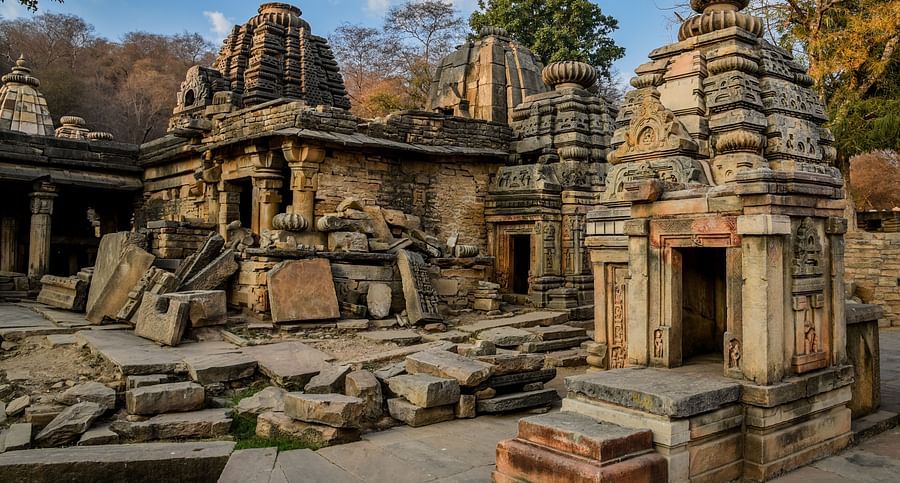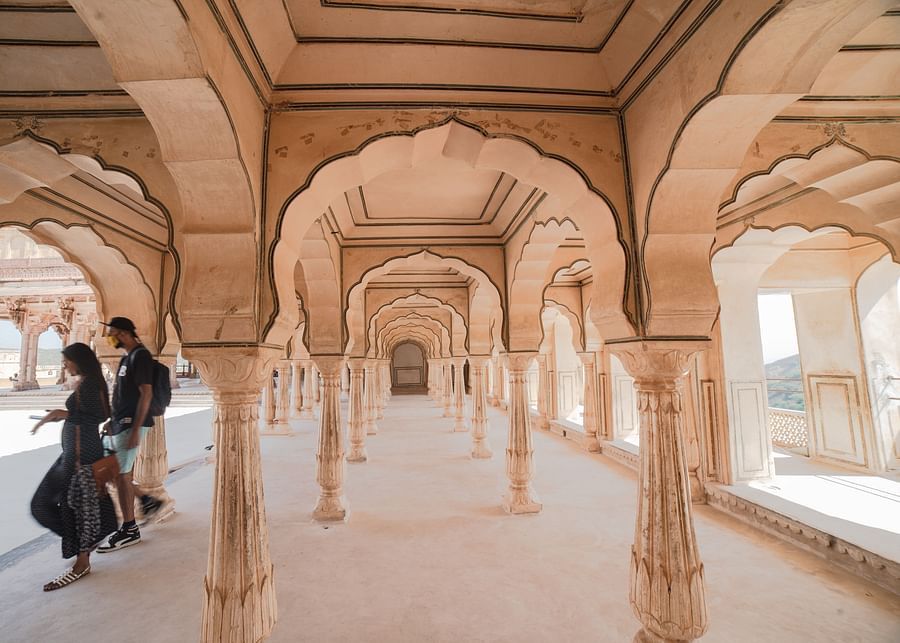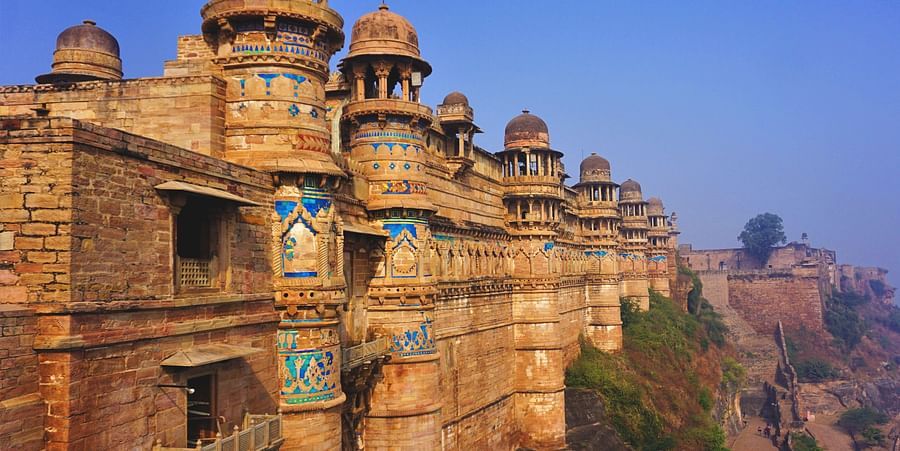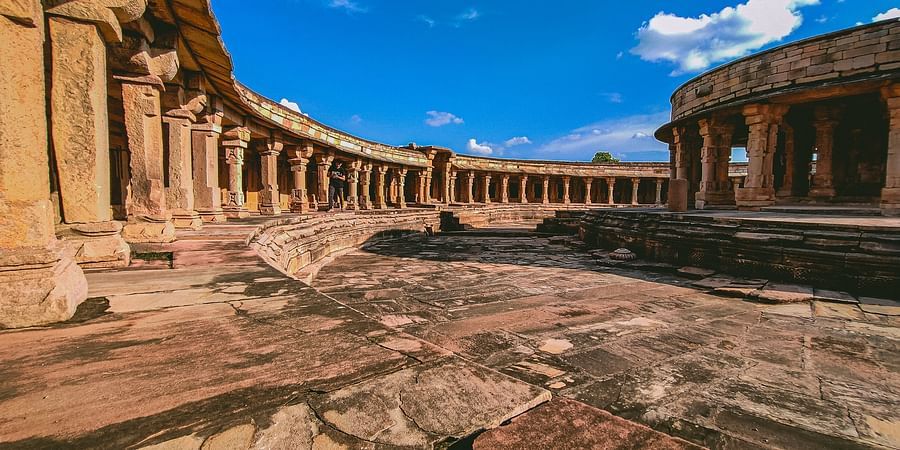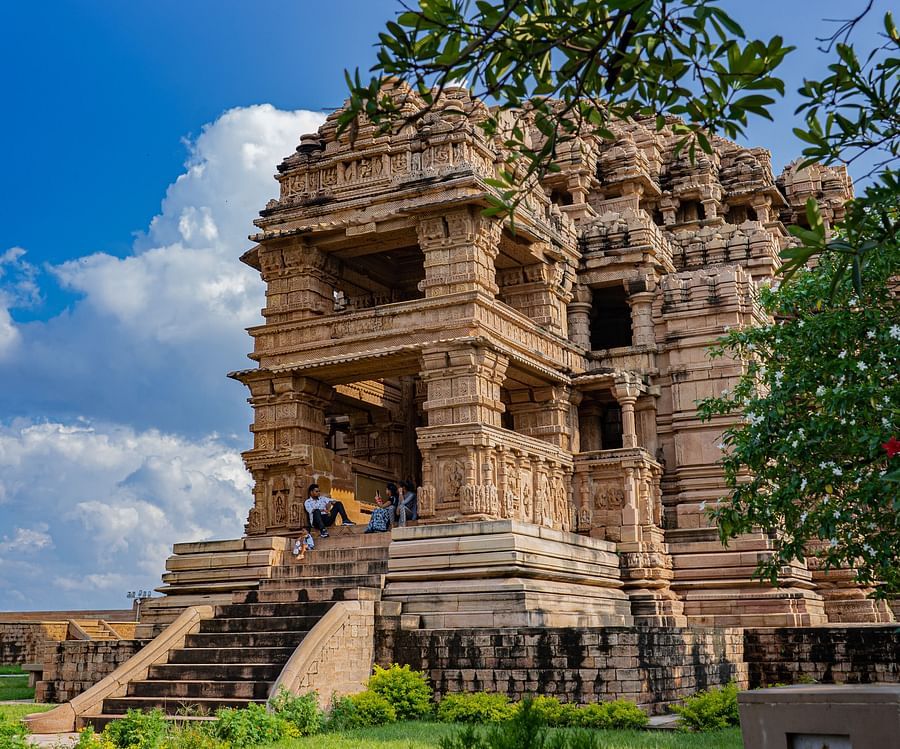- Waterfalls in Goa
- Ideal Places for a Short Trip near Delhi
- Hidden Gems in Rajasthan
- Delhi to Sariska National Park: Trip Guide
- Traveller’s Guide to Goa Carnival
- Weekend Trip from Gurgaon
- Trip to Rajasthan with Family
- Delhi to Rishikesh to Nainital
- Delhi to Patiala Tour Guide
- New Year Celebration Near Delhi NCR
- Christmas Celebration in Tijara Fort Palace, Alwar, Rajasthan
- Nainital in the Winter Season
- Sunburn Goa 2024
- Trip to Alwar
- Water Sports in South Goa
- New Year Eve Party in South Goa
- Moosi Maharani Ki Chhatri
- Siliserh Lake
- Must try dishes in Rajasthan
- Best Places to Visit around Jaipur
- Solo Trip to Rajasthan
- Sariska National Park
- Places to visit in Rajasthan in December
- Staycation Near Delhi NCR
- Best Holiday Destinations Near Delhi
- Best Resorts Near Delhi for Family
- Vacations near Delhi
- Goa in Summer Season
- Naina Devi Temple, Nainital
- Best Time to Visit Rishikesh
- Tijara Ji Jain Temple
- Must Visit Historical Sites in South Goa
- Local Food in South Goa
- Traditional Festivals of Rajasthan
- Naina Peak Trek
- Fatehpur Shekhawati
- Activities in Nainital
- Local Food in Tranquebar
- Alwar Famous Food
- Offbeat Places in Nainital
- Offbeat Places in South Goa
- Offbeat Places in Rajasthan
- History of Tharangambadi
- Best time to visit Nainital
- Best Beaches in South Goa
- History of Shekhawati
- The Best Beaches in Tamil Nadu
- Places to Visit in Shekhawati
- New Year Celebration in Nainital
- Weekend Trip in Tamil Nadu
- New Year in Goa
- Nainital Itinerary for 2 Days
- The Best Places to Visit in Patiala
- Places to Visit in Tharangambadi
- South Goa Itinerary for 3 Days
- Tourist Attractions in Alwar
- Kochi 2-day Itinerary
- Things to Do in South Goa
- Places to Visit in Gwalior
- Weekend Getaway from Jaipur
- Best Places to Visit in Alwar
- Best Time to Visit Alwar
- Places to Visit in Alwar
- Best Time to Visit Gwalior
- Literary Connections of Ramgarh: Tagore and Mahadevi Verma
- Things to Do in Alwar in Monsoon
- Exploring the Festivals of Alwar
- Everything You Need to Know About Betul, Goa
- Things to Do in Kochi at Night
- Uttarakhand Itinerary for 7 Days
- Best Time to Visit Kochi
- Visit The Mesmerising Hill Stations in South India
- The Best Places to Visit Near Nainital
- A Weekend Getaway to Ramgarh: Travel Guide
- Explore The Magical Cochin Backwaters
- The Majestic Coonoor to Ooty Toy Train
- The Best Vacation Spots Near Chennai
- Must Visit Places in Kerala
- Destination Wedding in Rajasthan
- Exploring the Orchards in Ramgarh
- Explore the Museums of Tranquebar
- Masilamani Nathar Temple, Tharangambadi
- Things to Do in Kesroli
- Best Places to Visit in South India in January
- Exploring the Tamil Nadu Coastline
- Places to Visit in Gwalior at Night
- Places to visit in Rajasthan in Winter
- Unexplored Treasures of Uttarakhand
- A Visit to Mangalavanam Bird Sanctuary
- Royal Rajasthani Weddings
- Rajasthan Itinerary for 7 days
- Into the Wilderness of Rajasthan’s National Parks
- Explore the Historic Town of Neemrana, Rajasthan
- Enchanting Lakes of Nainital
- A Dive Into the Royal History of Alwar
- Trails and Treks near Nainital
- The Seven Most Frequented Places in Rishikesh
- Kochi: The Queen of the Arabian Sea
- Fairy Queen: The Oldest Working Steam Locomotive
- Forts and Palaces of Alwar
- The Unparalleled Art and Culture of Madhya Pradesh
- Best Beaches To Visit in Cochin
- A Spiritual Journey to the Temples in Alwar
- Handicrafts of Rajasthan
- Places to Eat Street Food in Gwalior
- Wellness Retreats in Rishikesh
- The Danish History of Tranquebar
- Of Mystical Spaces and Hidden Treasures
- Rehabilitating Our Roots in Ruins... A Meet with Mr Aman Nath
- Our Annual Getaway to the Ramgarh Bungalows
- Experience Gwalior The Royal Way With Deo Bagh
- Living it up at a 14th Century Fort
- The Best of Both Worlds - Delhi and Jaipur
- Alwar City - Attractions
- Gwalior - The Tourist Capital
- Drivable Weekend Getaway from Delhi-NCR
- Hiking and Trekking Trails near Jaipur
- Safe Weekend Getaway from Delhi
- Trek Trails from Rishikesh
- Things to do Around Tranquebar Fort
- Majestic Temples of Gwalior
- Tea Plantations of Coonoor
- Fort Stay in Alwar
- Best Places to Visit in Tamil Nadu
- Shopping in Gwalior
- The Chinese Fishing Nets of Kochi
- Exotic Swimming Experiences near Delhi
- Ketty Valley, The Second Largest Gorge in the World
Gwalior, the tourist capital of Madhya Pradesh, is steeped in rich history and culture. With a seemingly endless list of places to visit including forts, palaces, temples and bazaars, and numerous architectural marvels, music festivals and scenic spots, this town never ceases to dazzle its visitors. A visit to Gwalior not only mystifies you but also connects you to the rich history of the land.
Deo Bagh, our heritage hotel in Gwalior is a remarkable example of lustrous history in itself. With two Maratha temples established between the 17th and 18th century, two majestic cenotaphs and a pavilion with arched gateways, Deo Bagh brings a piece of history right to the doorstep of your splendid rooms. Here are a few must-visit spots in Gwalior.
Gwalior Fort
The impenetrable Gwalior Fort is perched atop a rocky mountain and spans over 3 sq. km., making it visible from every corner of the city. Evidence initially suggests that this dignified fort has existed since the 10th century, but on further inspection, the inscriptions inside the fort suggest that it may have existed from the beginning of the 6th century. The oldest record of the number ‘zero’ was found here and it is now an archaeological museum.
Jai Vilas Palace
Jai Vilas Palace is a 19th-century palace that was established by the Maharaja of Gwalior. Designed by Sir Michael Filose, it is a fine example of merged architectural styles. The first storey features Tuscan architecture, while the second and third storeys are built in Italian-Doric and Corinthian styles respectively. It is a testament to the regal elegance of the era.
Tomb of Tansen
Tansen is popularly said to be one of the greatest musicians from India who served in the courts of Akbar. This esteemed vocalist was one of the nine gems of the Mughal empire. Legend has it that he could cause rains, create magic and beguile animals with his music. He was buried near his guru - Mohammad Ghaus, who taught him the ways of Hindustani Classical Music. The burial site, Tomb of Tansen, is a beautiful spot with understated architecture. Every November musicians from around the world come to Gwalior to celebrate and join the Tansen Music Festival.
Sas Bahu Temple
Sas Bahu Temple in Gwalior is an 11th-century twin temple located near the Gwalior Fort, dedicated to Vishnu. It is mostly only ruins that remain because it was damaged in battle from numerous invasions and wars in the region. This three-storey temple was built by King Mahipala according to the inscriptions that were found in the ruins.
Gopachal Parvat
Gopachal Parvat, also called Gopachal Rock-Cut Jain Monuments are a group of Jain carvings that date back from the 7th century to the 15th. It houses a large number of Jain shrines and monumental statues. During the Tomara Rajas reign, the cliff that supports the fort was turned into a shrine to honour their religion. Gopachal Parvat depicts the Tirthankaras in seated and standing meditative positions.
Sun Temple
The Sun Temple in Gwalior, popularly known as Surya Mandir, is an architectural wonder that adorns the city. As the name suggests, it was constructed in dedication to the Sun God in 1988. The red sandstone exterior features gradual slots that scale up to the top. Although the temple is relatively new, it is among the most revered shrines in Gwalior.
Experience the enigmatic city of Gwalior at its best when you visit these gems that are scattered across the city, accentuate it by staying at a heritage property like Neemrana’s Deo Bagh, in all its luxury!
Experience the enigmatic city of Gwalior at its best when you visit these gems that are scattered across the city, accentuate it by staying at a heritage property like Neemrana’s Deo Bagh, in all its luxury!
